1. Oreo Cakesters
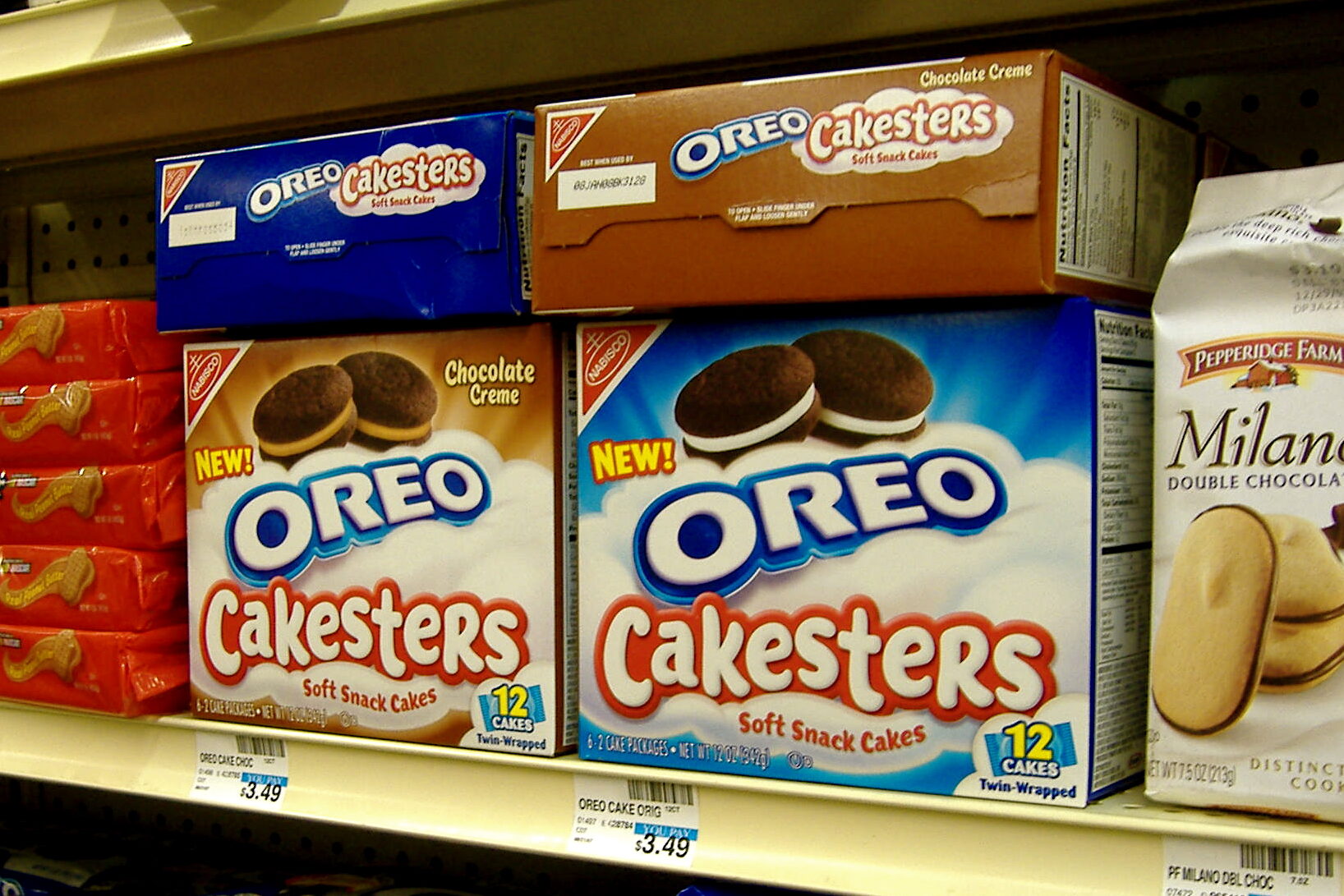
When Oreo Cakesters first hit shelves in the mid-2000s, they were a hit—a soft, cake-like take on the classic cookie. But when Nabisco brought them back in 2022, something felt… off. Fans quickly noticed that the new version was drier and less fluffy than the original, lacking that rich, indulgent texture. It seemed like the modern version was more processed and less like the snack people had nostalgic memories of, as Kalea Martin from Tasting Table shares.
Instead of the moist, almost homemade texture of the original, the updated Cakesters felt mass-produced and slightly stale. Many fans complained that they weren’t as soft and satisfying, making them feel like a shadow of their former selves. Sometimes, companies overthink a good thing, tweaking recipes when all people want is the exact treat they remember. Oreo Cakesters were a case of “if it ain’t broke, don’t fix it.”
2. Levi’s Jeans
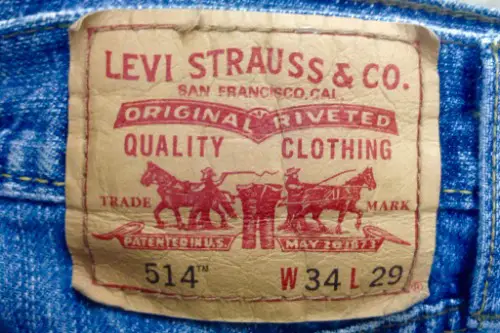
Levi’s were once the gold standard for durable, long-lasting denim, but modern production methods have changed that reputation, according to John Zientek from Gear Patrol. In the past, they were made from heavy, high-quality denim that softened over time, molding to the wearer. Today’s Levi’s use thinner, stretchier fabric, making them feel less rugged and much less durable. Many loyal customers have complained that newer pairs just don’t last as long and don’t have the same weighty, premium feel.
The shift was likely due to cost-cutting and the demand for stretch fabrics in fashion, but it came at a price. Vintage Levi’s, especially those made in the USA, are now highly sought after because they remind people of the original quality. Many denim lovers have turned to thrift stores or specialty brands to get that old-school feel. It’s a classic example of modernization making something more disposable rather than better.
3. Cracker Barrel Mac and Cheese

Cracker Barrel’s boxed mac and cheese used to be a standout among grocery store options, thanks to its rich, sharp cheddar sauce. But at some point, the brand decided to tweak the formula, and the results were disappointing. Fans noticed the cheese sauce had become thinner and less flavorful, losing the boldness that set it apart. The texture also seemed grainier, making it feel more like any other processed mac and cheese rather than a premium option.
It’s likely that the company reformulated to cut costs or meet certain dietary guidelines, but the change didn’t go unnoticed. Many longtime customers say it just doesn’t taste the same, and some have stopped buying it altogether, according to Alex Bitter from Business Insider. What was once a go-to comfort food now feels like a watered-down version of itself. Another case of a brand modernizing itself into mediocrity.
4. Tropicana Orange Juice
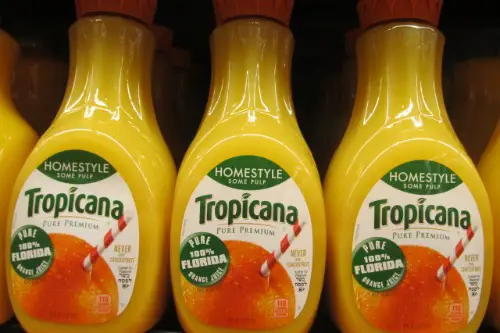
Tropicana used to be known for its fresh-squeezed taste, but over the years, it has become more processed. Many consumers have noticed that modern Tropicana doesn’t taste as natural as it once did, often having a slightly artificial or metallic aftertaste. The company has also experimented with different formulas, sometimes adding or removing pulp levels in ways that frustrate longtime fans. The juice doesn’t have the same vibrant, citrusy kick that it used to, according to Niamh Carroll from Marketing Week.
One reason for this could be the rise of ultra-pasteurization and other processing methods that extend shelf life but dull the flavor. Some even speculate that changes in sourcing or storage methods have impacted the juice’s overall quality. Whatever the cause, people who grew up with the “real” Tropicana swear it just doesn’t hit the same way anymore. For many, it’s yet another example of a great product losing its signature taste to modernization.
5. Burger King French Fries
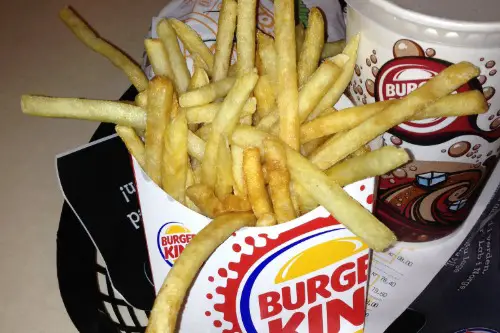
Once upon a time, Burger King’s fries were a real competitor to McDonald’s, offering a crisp, salty, and satisfying bite. But when the company reformulated them in the late 1990s and again in 2011, they lost their appeal. The newer fries are thicker, but they have a strange, almost breaded coating that makes them feel artificial. Instead of a light crunch and fluffy interior, they often end up tasting starchy and heavy.
Burger King has tried multiple times to tweak its fries to appeal to modern tastes, but each attempt seems to push people further away. The move toward a thicker cut and different frying process might have been meant to make them crispier, but it didn’t quite work. Many customers find them oddly textured and overly processed compared to the straightforward simplicity of McDonald’s fries. Sometimes, classic fast-food items don’t need reinvention—they just need to stay true to what made them great.
6. Campbell’s Chicken Noodle Soup
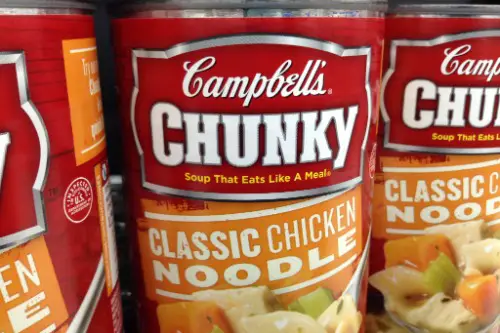
Campbell’s Chicken Noodle Soup was a childhood staple for many, known for its comforting, salty broth and soft noodles. But over the years, the recipe has changed, and not for the better. The broth is noticeably thinner, with a taste that feels less rich and more watered down. The noodles also seem mushier, and the chicken pieces have shrunk, sometimes feeling rubbery instead of tender.
Many consumers suspect that Campbell’s has reduced the amount of actual chicken and quality ingredients to cut costs. Whatever the reason, the soup that once felt like a hug in a bowl now tastes more like a cheap imitation. Some longtime fans have resorted to adding their own seasonings or even switching brands entirely. When a product is built on nostalgia, changing the formula too much can break the connection people have to it.
7. Kraft Singles
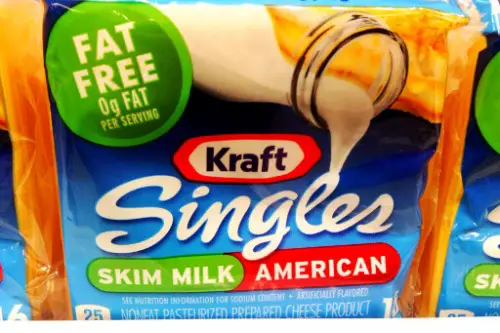
Kraft Singles used to be the ultimate processed cheese slice, perfect for melting over a burger or grilled cheese. But in recent years, they’ve changed in ways that make them less satisfying. The texture feels waxier and less creamy, and they don’t seem to melt as well as they used to. Some consumers have also noticed a more plastic-like aftertaste, making them feel even more artificial.
Changes in food regulations and ingredient sourcing might be to blame, but whatever the reason, they just don’t taste the same. Many people who grew up eating Kraft Singles swear that older versions had a richer, cheesier flavor. Today’s version feels more like a generic, mass-produced product rather than the comforting staple it once was. It’s another example of a simple pleasure being modernized into something less enjoyable.
8. Coca-Cola Vanilla
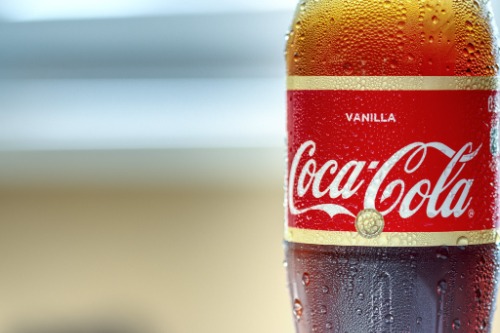
When Vanilla Coke was introduced in 2002, it quickly became a fan favorite with its smooth, creamy twist on the classic soda. But when Coca-Cola brought it back after a brief discontinuation, the formula had changed. The vanilla flavor now tastes more artificial, and the overall balance seems off, making it overly sweet and syrupy. Some fans say it lacks the crispness that made the original version so refreshing.
It’s possible that changing sugar sources or artificial flavoring methods have altered the taste. Many people who loved the original Vanilla Coke find the new version disappointing. Instead of a balanced, creamy vanilla infusion, it now tastes more like a candy-flavored cola. It’s a reminder that even small tweaks can ruin a once-perfect drink.
9. Eggo Waffles
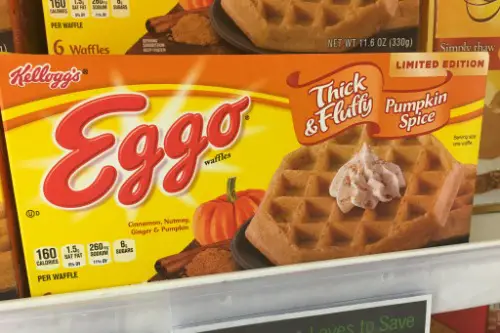
Eggo Waffles used to be known for their slightly crispy exterior and fluffy interior, making them a breakfast classic. But over time, they’ve become thinner and less satisfying, with a more cardboard-like texture. The once-buttery taste has faded, and they now feel more processed, lacking the rich flavor they used to have. Some fans have noticed they don’t even toast the same way anymore, often turning out too hard or too limp.
Many suspect that cost-cutting and ingredient changes are to blame for the drop in quality. Instead of a nostalgic comfort food, they now feel like an overly processed convenience item. People who remember the older version often find themselves disappointed when they take a bite today. Another example of a product that lost its magic in an attempt to modernize.
10. Gatorade
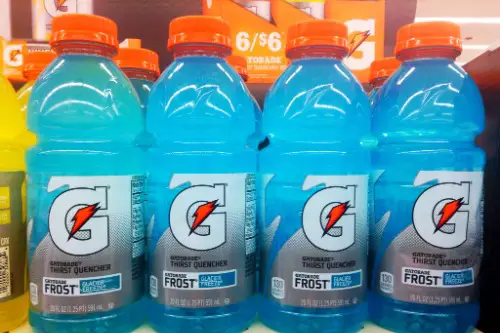
Gatorade was once known for its bold, almost salty-sweet flavors that actually seemed to replenish electrolytes. But in recent years, the formula has been tweaked to be smoother and sweeter, losing that distinct, slightly tart edge. Many longtime fans have noticed that it now tastes more like a sports drink knockoff than the real thing. Some believe that the shift to artificial sweeteners and reformulated ingredients has dulled the classic flavors.
The original Gatorade had a grittier, more hydrating feel, but modern versions taste more like a sugar bomb. Some people have even noted a thinner consistency, making it feel less effective at quenching thirst. While the brand still dominates the sports drink market, many miss the days when it had a little more bite. It’s yet another case of a company tweaking a beloved formula only to make it worse.
11. Hershey’s Chocolate
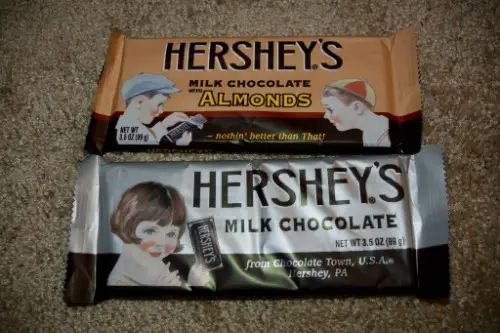
Hershey’s chocolate has been a staple of American candy bars for generations, but many say it doesn’t taste the same anymore. Over time, Hershey’s has adjusted its formula, possibly using more vegetable oils and artificial flavors. The result is a waxier texture and a slightly sour aftertaste that wasn’t as noticeable in older versions. Some people claim that imported versions of Hershey’s, made with different ingredients, still taste better than what’s sold in the U.S.
The change may be due to cost-cutting measures or adjustments to comply with food regulations, but it’s left many chocolate lovers disappointed. Older Hershey’s bars had a richer, creamier melt, while today’s feel slightly plastic-like. Many people now prefer premium chocolate brands or even European alternatives, which still maintain a smoother, higher-quality taste. It’s a classic case of modernization making a product feel cheaper rather than better.
12. Pillsbury Toaster Strudel
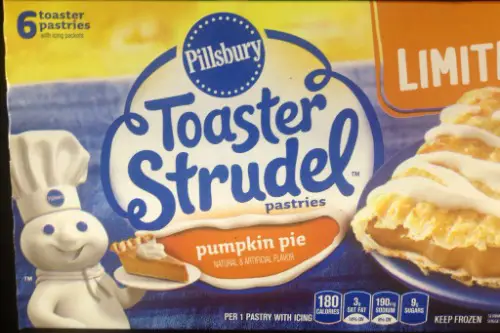
Pillsbury Toaster Strudel was once the more indulgent alternative to Pop-Tarts, with its flaky pastry and sweet, gooey filling. But over time, the pastry has become drier, and the filling seems to be thinner and less flavorful. The icing packets, once generous, now seem smaller, making it harder to get that perfect sugary drizzle. Many fans have noticed that the whole product feels less buttery and satisfying than it used to.
Some speculate that changes in ingredients or manufacturing processes have made the texture less flaky and more doughy. The once-crisp edges now tend to turn chewy or tough instead of golden and flaky. What was once a fun, slightly luxurious breakfast treat now feels more like a processed, downgraded version of itself. It’s another example of a brand modernizing itself out of the very thing that made it special.


